Hammertoe surgery is one of the best forms of treatment for this problem. The two common types of Hammertoe surgery are Arthroplasty and Arthrodesis. Let us look at both of them in detail and fundamentally, also under what hammertoe is in the first place, besides becoming familiar with the non-surgery treatment options.
Hammertoe can be described as a deformity wherein the affected individual suffers from abnormal bend of joints of all four toes excluding the big toe. In scientific terms it is malformation of proximal interphalangeal joint of all toes except for the first toe. This deformation may also cause irritation or pain in long run. Hammertoe may lead to foot corns around and between the toes, or callosities which are more often seen at the area of ball of foot.
Hammer toe Pictures
Hammertoe Symptoms
Hammertoe pain usually begins with slight insidious deformity which is difficult to determine. Through the course of time the condition may even progress to a worsened malformation. During the initial stages the condition of hammertoe is flexible and manageable with the help of certain noninvasive treatment techniques. However, if the condition is progressed to its extremity it may lose its flexibility and may not respond satisfactorily to non- surgical treatments. Though it may not seem serious at its initial stages it should not be taken lightly and should be diagnosed immediately.
Hammertoe Causes
Unfortunately hammertoe can also be a hereditary condition. However, in most cases it is due to traumatic event related to the affected toe, such as earlier injuries to your toe. Another factor that may cause hammertoe is imbalanced tendons or also in some cases muscles. The deformity is not noticeable initially but overtime it becomes obvious as toe bends notably.
To avoid such condition from maturating further it is essential to avert the use of inappropriately fit shoes, especially those shoes that forces the toe fingers to squeeze together. In some cases even tight shoes may instigate the hammertoe condition if worn frequently.
Diagnosing for hammertoe:
Hammer toe can be usually identified by conventional physical examination along with imaging diagnosis such as x-ray etc. This provides precise result whether the condition is hammertoe or other deformity.
Hammertoe treatment:
Nonsurgical hammertoe treatment:
In conventional nonsurgical hammertoe treatment a health care expert may trim callosities or corns from the deformed toes. There are possibilities that the doctor may also suggest you to use foot padding to avert the situation from worsening and reduce irritation. You may get such hammertoe padding at any conventional pharmaceutical store. To your information some of the padding may be medicated, especially over- the- counter hammertoe pads; hence, ensure to check the quality of the padding you buy for your hammertoe.
Patients are suggested to wear more relaxed footwear, averting narrow- toed and high heel footwear. In some cases of hammertoes the doctor may also suggest use of orthotic machines which may be essential.
Hammertoe Surgery
Surgical treatments for hammertoe are suggested to numerous hammertoe patients depending upon the severity of the condition. One of the most frequent hammertoe surgeries is arthroplasty. A tiny portion of the bone from the afflicted joint is detached and hammertoe is cured, in most cases. Another kind of surgery is arthrodesis which is suggested to patients with extremely severe hammertoe issue. Here, the toes are straightened by fitting a small joint with a device like a pin till it gets cured.There are other surgical procedures that may help in truncating the hammertoe condition.
Hammertoe surgery recovery starts from the time, the operation is done. There may be some swelling and pain in the area, but they should subside in due course and in a few months, your toe should be fine.
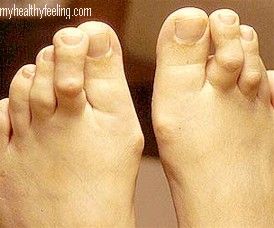
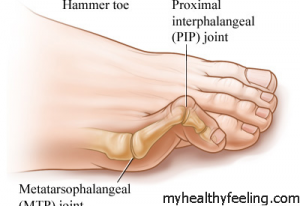
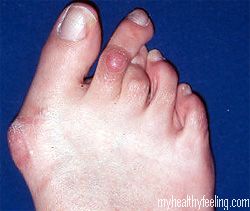
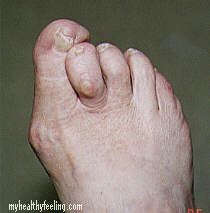
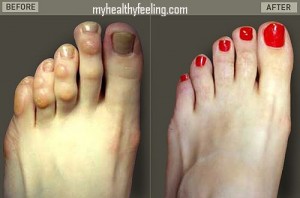
I’m wondering if scars from corns will disappear overtime..
More pain than I expected!!! Post op day #3. 2 toes, 2nd and 3rd, left foot.Pain meds, little relief..
Surgery a year ago to correct hammer toe and bunionectomy. Any pressure on the hammer toe that was corrected causes a burning pain from inside the toe. No pain at all until I put on a shoe with any pressure causes this burning sensation, even a sandel touching the toe. No pain walking bare foot. Had the same surgery on other foot 6 months ago and have no pain at all. What could be causing the burning sensation after a year?